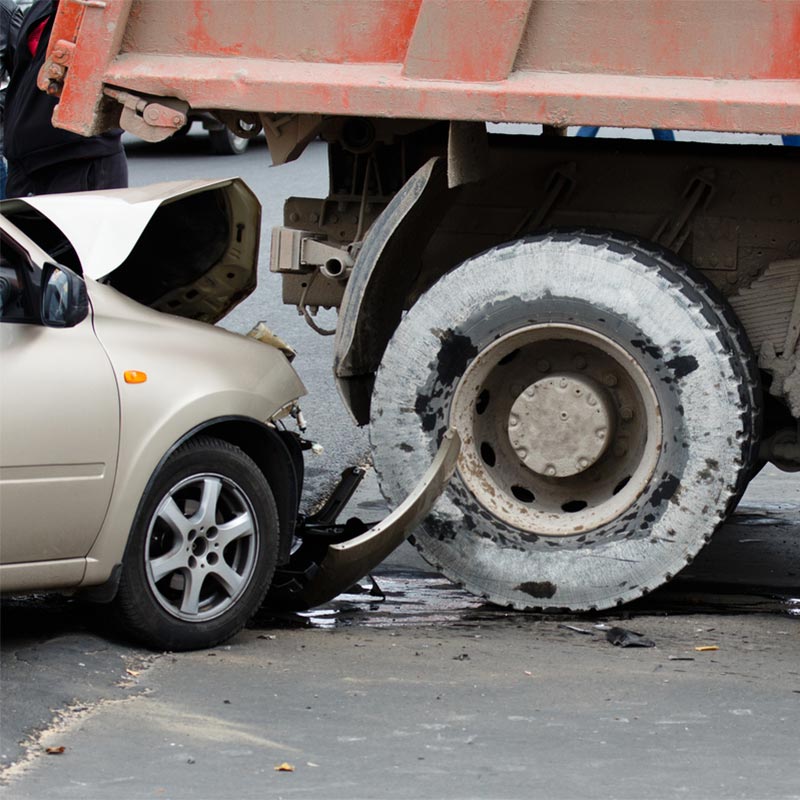Car accident liability can be easy to determine if you were driving your own vehicle at the time of the incident. However, you might be wondering how liability is determined if someone else was driving your car. If you loan your car to someone else, you can still be found responsible for any damage that was sustained from an accident. There are several different circumstances that can apply to this type of liability, also known as vicarious liability.
Contact Us Today to Schedule
A Free Consultation
A top automobile accident lawyer at Regan Zambri Long can help you throughout the claims process after your car accident, whether it be negotiating with the insurance adjuster or pursuing a lawsuit. In the most severe cases, one of our Washington, DC car accident lawyers helps family members pursue a wrongful death claim to recover the victim’s full value of life, in addition to other damages.

The theory of vicarious liability is a legal doctrine that assigns liability for an injury to someone who did not cause the injury but who has a specific relationship to the person who acted negligently. Also referred to as “imputed liability,” blame is assigned even if you didn’t cause harm to another individual.
This legal concept is most commonly seen in employee-employer relationships where the employer can be held responsible for the accident. For example, if a doctor has done harm to a patient, in a medical malpractice claim the hospital may be held responsible for that doctor’s actions. Although the hospital itself did not cause the patient harm, because it is the employer of the doctor, it has a relationship with that doctor and therefore, employer liability can come into play.
In order to prove an individual or entity is vicariously liable for the actions of another person, the following needs to be proven:
An example of how a third party can be held responsible for an injury can be seen in a truck accident. A truck driver gets into an accident while hauling a load across the country. While getting on a highway, he doesn’t look to see if any cars are coming. As he comes off the off-ramp to merge into traffic, he hits a passing vehicle. The truck driver later states that he had been on the road for 14 hours straight without resting and at the time of the accident, he could feel himself starting to fall asleep behind the wheel.
It is later revealed that the trucking company the driver works for gives incentives to its drivers each time they deliver a load before the deadline. Because of the trucking company’s incentive program, the employee did not follow federal guidelines of taking a break. This caused his drowsiness and the accident.
In the example above, the trucking company can be held liable for the accident, even though it did play a part in the accident.
The relationship between the defendant and the third party does not have to be an employer-employee relationship. Here are a few other scenarios where vicarious liability can play a part in an accident:

If you get into a car accident with an at-fault driver, how is it determined whether another party is also responsible for your accident?
In order to prove that a third party is also liable for your car accident, you will need to prove that the at-fault party was acting on their behalf when the accident occurred. Therefore you will need to prove:
If an employer is held responsible for the car accident, they could be held responsible for any medical bills or property damage caused by the accident.
Vicarious liability in car accidents can be a complicated matter and you’ll need an experienced Washington DC car accident lawyer to help you through the process. The attorneys at Regan Zambri Long PLLC could help you determine the parties who are at fault for your accident. We will investigate your claim, determine who should be held at fault, and make sure you get the compensation needed to get back to your life following an accident. Call us at (202)960-4746 today for a free consultation.